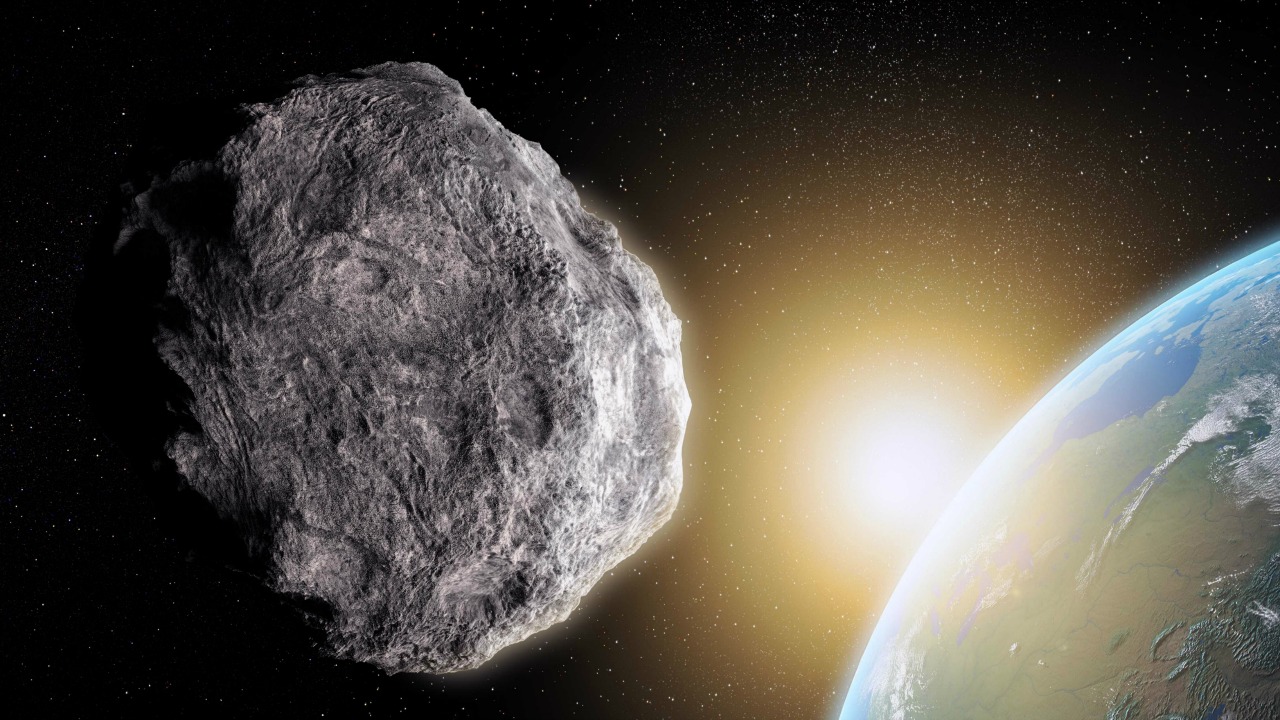
Scientists in northwestern Australia have found new evidence of a huge asteroid, 12 to 18.5 miles (20 to 30 km) in diameter, that they say struck the Earth about 3.5 billion years ago with an impact larger than anything humans – or the dinosaurs – experienced.
The scientists found tiny glass beads – called spherules – in sea floor sediments that date from 3.46 billion years ago. Andrew Glikson of Australian National University (ANU) is co-author of the study, published in the July 2016 issue of journal Precambrian Research. Glikson said these spherules were formed from vaporized material from an asteroid impact. Glikson said that material from the impact would have spread worldwide. He said in a statement:
The asteroid is the second oldest known to have hit the Earth and one of the largest, say the researchers. The impact would have triggered earthquakes orders of magnitude greater than terrestrial earthquakes. It would have caused huge tsunamis and would have made cliffs crumble.

The asteroid would have been 20 to 30 kilometers (12 to 19 miles) across and would have created a crater hundreds of kilometers wide, according to Glikson. Where on Earth did the asteroid hit? Glikson said:
Exactly where this asteroid struck the earth remains a mystery.
About 3.8 to 3.9 billion years ago the moon was struck by numerous asteroids, which formed craters that are still visible from Earth. But, Glikson said:
Any craters from this time on Earth’s surface have been obliterated by volcanic activity and tectonic movements.
The researchers found the glass beads in a drill core from Marble Bar, a rock formation in northwestern Australia, in some of the oldest known sediments on Earth.The sediment layer, which was originally on the ocean floor, was preserved between two volcanic layers, which enabled very precise dating of its origin.
Glikson has been searching for evidence of ancient impacts for more than 20 years and immediately suspected the glass beads originated from an asteroid strike. Subsequent testing found the levels of elements such as platinum, nickel and chromium matched those in asteroids.
There may have been many more similar impacts, for which the evidence has not been found, said Glikson. He said:
This is just the tip of the iceberg. We’ve only found evidence for 17 impacts older than 2.5 billion years, but there could have been hundreds.
Asteroid strikes this big result in major tectonic shifts and extensive magma flows. They could have significantly affected the way the Earth evolved.
Enjoying EarthSky? Sign up for our free daily newsletter today!
Bottom line: Scientists in northwestern Australia have found new evidence of a huge asteroid, 12 to 18.5 miles (20 to 30 km) in diameter, that struck the Earth about 3.5 billion years ago. The researcher is published in the July 2016 issue of journal Precambrian Research.











